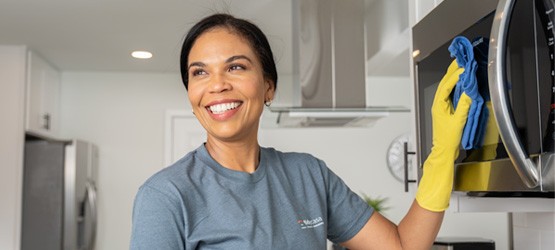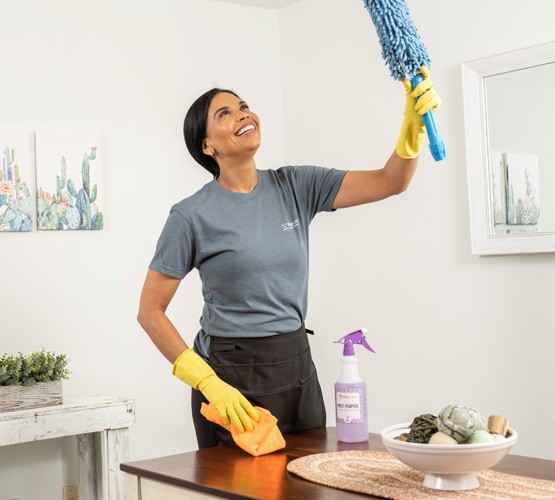House washing has undergone a major change as more households accept sustainable alternatives. New surveys reveal that 73% of customers are ready to pay for more for environmentally house cleaning products and services, while 68% positively find chemical-free options due to their homes.

Why Organic Cleaning Methods Are Increasing Acceptance
Environmental consciousness drives significantly of this shift. Traditional washing services and products usually include harsh compounds that could irritate epidermis, induce allergies, and pollute indoor air. Studies indicate that indoor air can be 2-5 times more polluted than outside air, partly because of traditional washing agents.
Charge savings also inspire many families. Basic elements like vinegar, cooking soda, and orange can replace a large number of particular items, lowering house costs by up to 40% annually.
Prime Organic Washing Components
White Vinegar acts being an outstanding all-purpose cleaner. Their acid cuts through oil, removes soap scum, and eliminates odors. Combine equal pieces water and vinegar for windows, mirrors, and many surfaces.
Cooking Soda performs incredibly as a soft rough and deodorizer. It efficiently uniforms bathtubs, basins, and ovens without damaging surfaces. For tough stains, build a paste with water and let it remain for 15 minutes before scrubbing.
Fruit Liquid normally disinfects and brightens. Their citric acid reduces mineral deposits and soap residue. Mix with salt for a robust polish that tackles cutting panels and bathroom fixtures.
Castile Soap provides soft yet effective washing power. Created from plant oils, it properly washes meals, floors, and even serves as laundry detergent when diluted properly.
Room-by-Room Washing Techniques
Kitchen: Give attention to degreasing with vinegar answers and cleaning with lemon. Drop cooking soda in the sink before cleaning, and use espresso grounds to remove waste disposal odors.
Bathroom: Beat shape and form with a vinegar-water spray. For toilets, serve cooking soda in to the pan, put vinegar, and allow the mix fizz before scrubbing.
Living Parts: Dirt with somewhat damp microfiber cloths, which trap particles without chemicals. For surfaces, mix castile soap with tepid to warm water for successful mopping.
Wise Buying and Storage Tips

Obtain elements in volume to maximise savings. Store solutions in dark glass containers to keep up efficiency, and tag every thing obviously with contents and mixing dates.
Always test new recipes on hidden areas first. Never mix different cleaning agents, as some combinations can produce dangerous fumes.
Creating the Change Sustainable
Start gradually by exchanging one solution at any given time as conventional products run out. This process prevents spend while reducing the move to eco-friendly alternatives.
Producing your own cleaning answers reduces plastic packaging spend significantly. Many families report cutting their cleaning-related plastic consumption by 60% within six months of switching to do-it-yourself alternatives.
These simple changes produce healthiest homes while protecting the surroundings and lowering costs.
